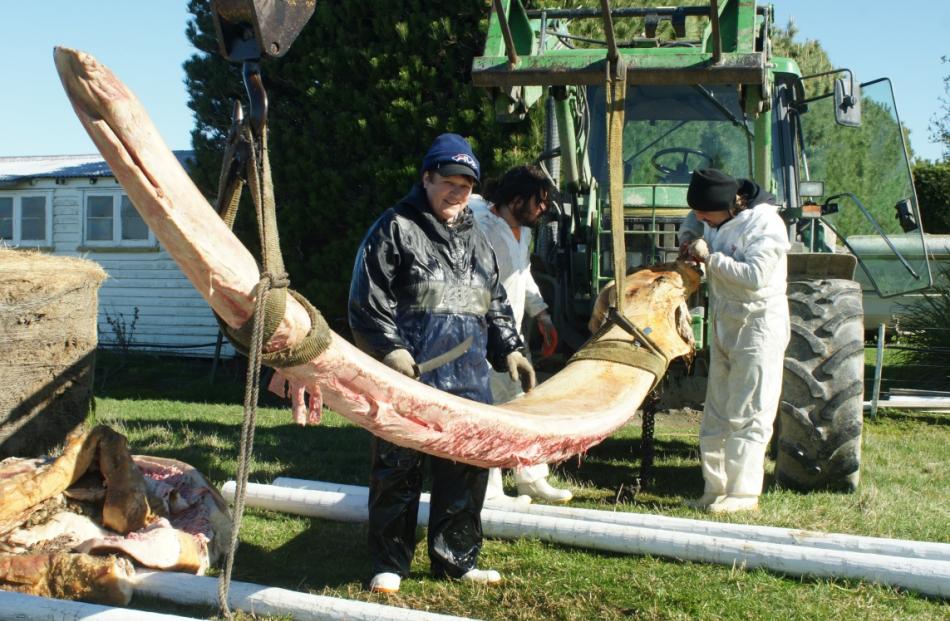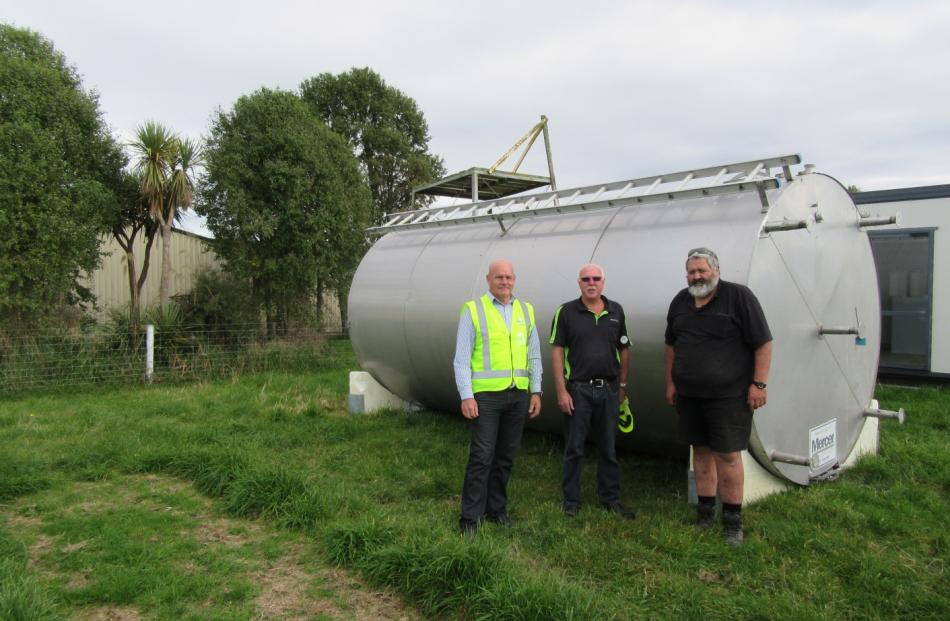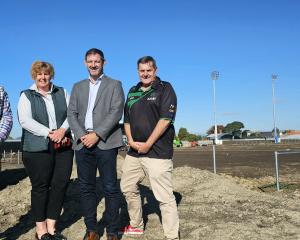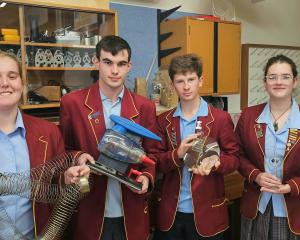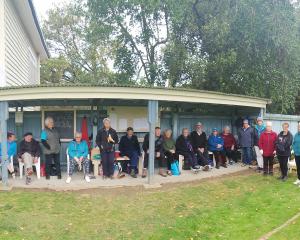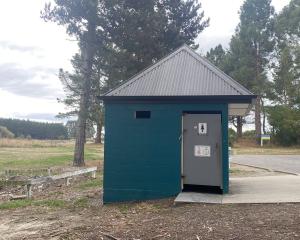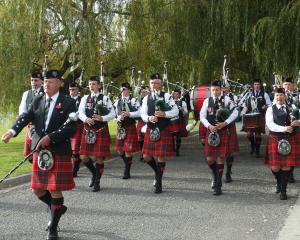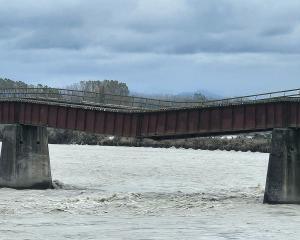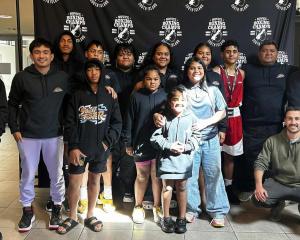Fonterra has come to the rescue of a huge project at South Canterbury's Te Runanga o Waihao marae.
Development plans at the marae include creating a new waharoa (gateway). Part of it will be formed from the jawbones of a humpback whale named Te Haumi.
The whale was found several years ago washed ashore in a state of decomposition north of the Waihao Box. Recovering Te Haumi's jaws and breaking down the tissue has been a long process that had to meet both cultural and workplace health and safety requirements.
Once the jawbones were extracted, they were placed in a sandpit made from round straw bales and different grades of sand. The jawbones had been in the sandpit for the past four years, and the runanga had hoped living bacteria would have broken down the remaining whale tissue and oils, which could be harmful to humans.
However, when whale bone recovery expert Ramari Stewart inspected the bones in March, he said the process was not yet completed. The jaws would need more time in a new sandpit designed to generate extra heat to reactivate the bacteria.
Mr Stewart also said the future processing would involve washing the bones in very hot water. This would have to take place in at least five wash cycles, each taking up to five days.
The runanga did not know how it could meet that challenge.
It was in luck. Alan Maitland, operations manager at Fonterra's Studholme plant, had heard of the runanga's predicament and had a solution. He delivered a decommissioned stainless steel milk vat big enough to take the whale bones.
With a few minor modifications, it would become a functional bath for the jaws. Mr Maitland also offered to supply the hot water for each wash.

